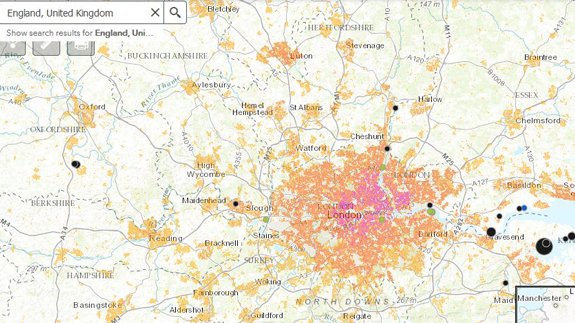A new tool to help EU countries become more energy efficient in heating and cooling buildings has been launched.
The Pan-European Thermal Atlas (Peta4) is an online map (pictured) that shows the demand and supply of heating and cooling in 14 countries across Europe.
Governments and local authorities will be able to use the information to see where excess heat is being lost, which can be used to heat buildings as an alternative to fossil fuel boilers.
Users can search for a specific location to analyse the feasibility of a project in an area and assess where, for example, district heating or heat pumps could be economically viable.
Developed by Halmstad University, European University Flensberg and Aalborg University is part of Heat Roadmap Europe (HRE), a collaborative project aimed at making heating and cooling in Europe more energy efficient.
Official statistics reveal heating and cooling account for half of the energy usage in Europe.
David Connolly, HRE Project Co-ordinator from Aalborg University said: “HRE will help save money, carbon emissions and energy consumption. For years, power plants, industry and waste incinerators all across Europe have been throwing away enormous quantities of heat and for the most part, this has gone unnoticed.
“With HRE, policymakers, planners, suppliers and researchers can make informed decisions, for example by identifying hotspots with Peta4 so that they can replace the energy created by fossil fuel boilers with this excess heat instead. Cities currently spend millions on natural gas to heat their buildings and now they can meet their EU energy targets while also cutting costs for consumers.”





